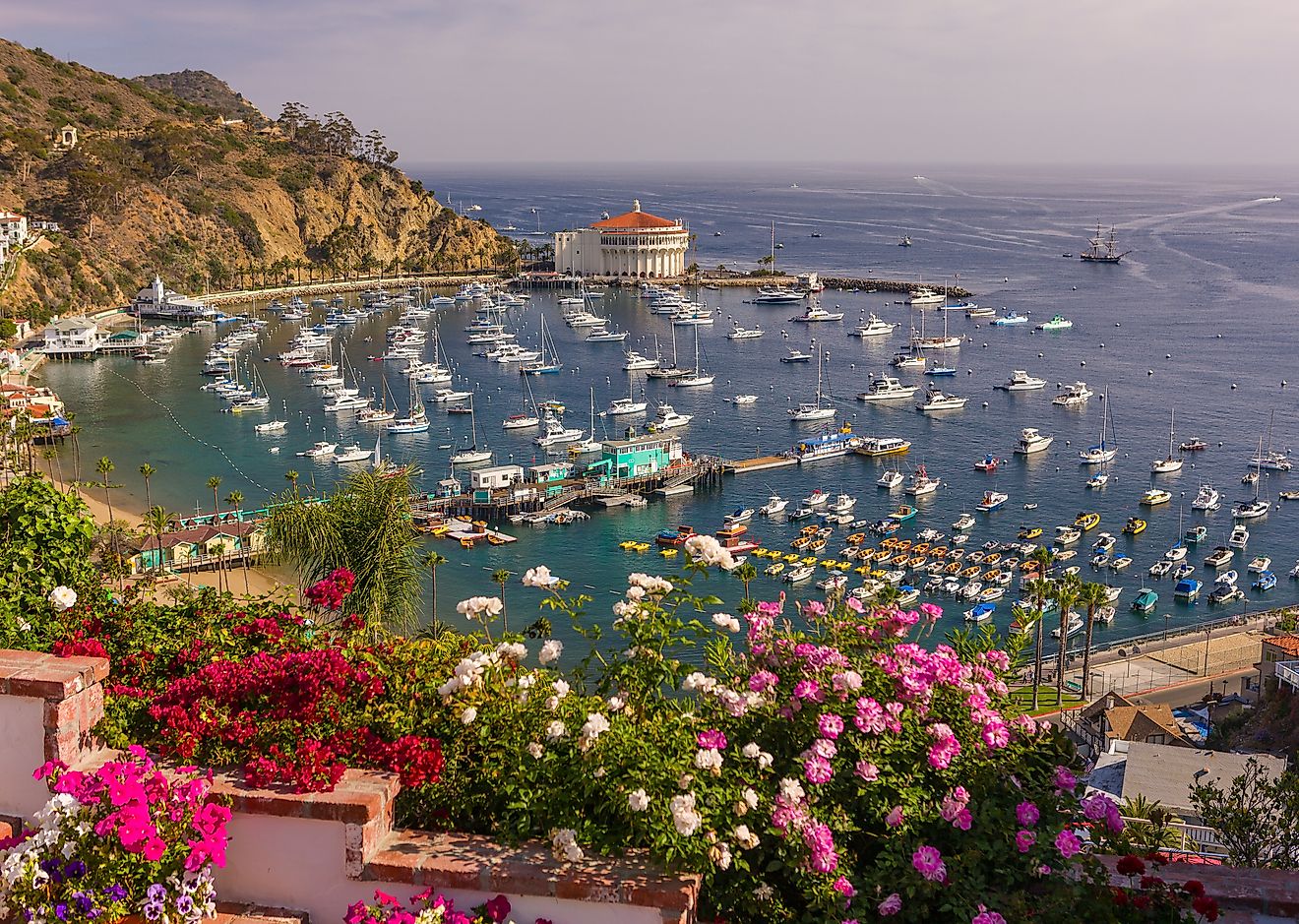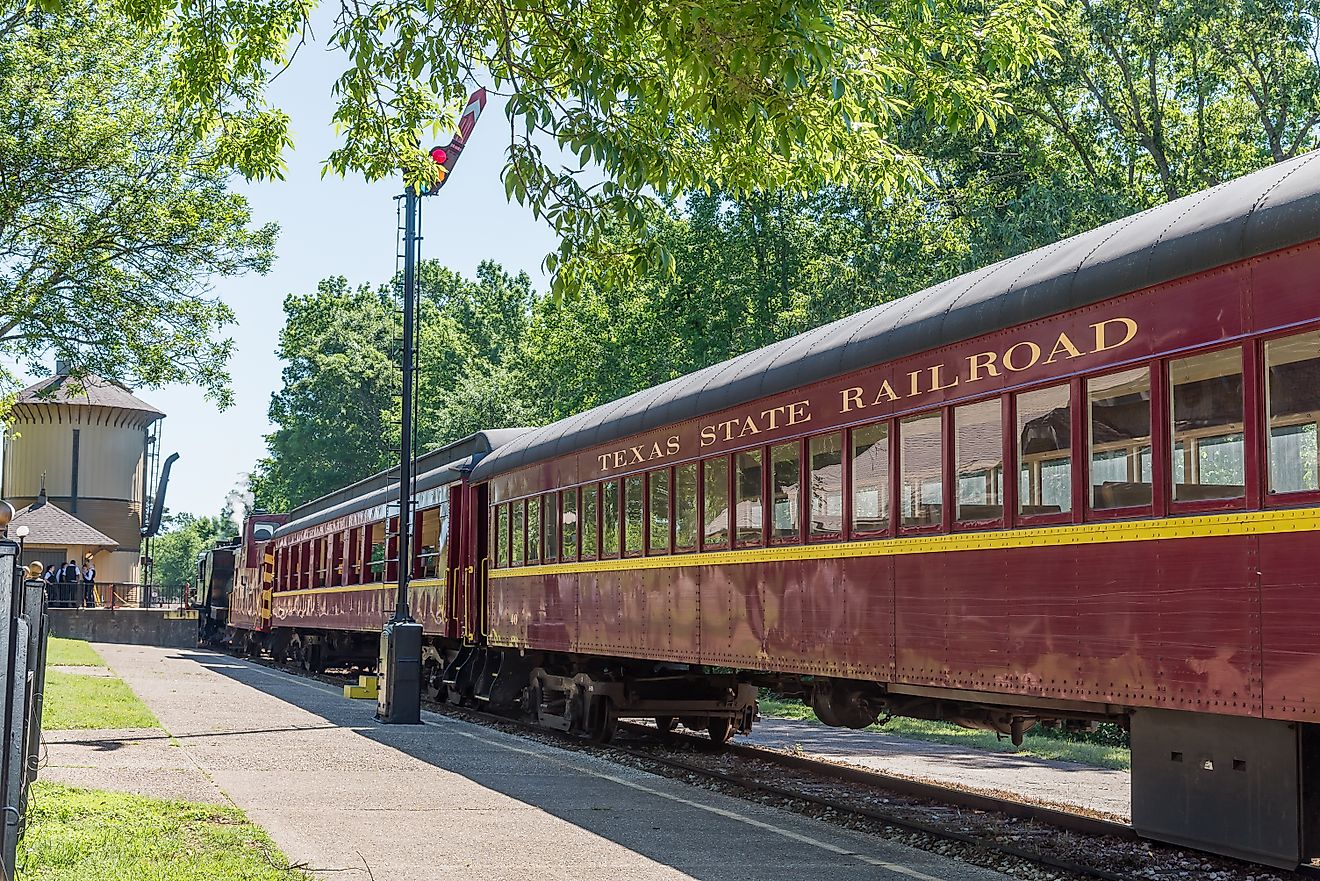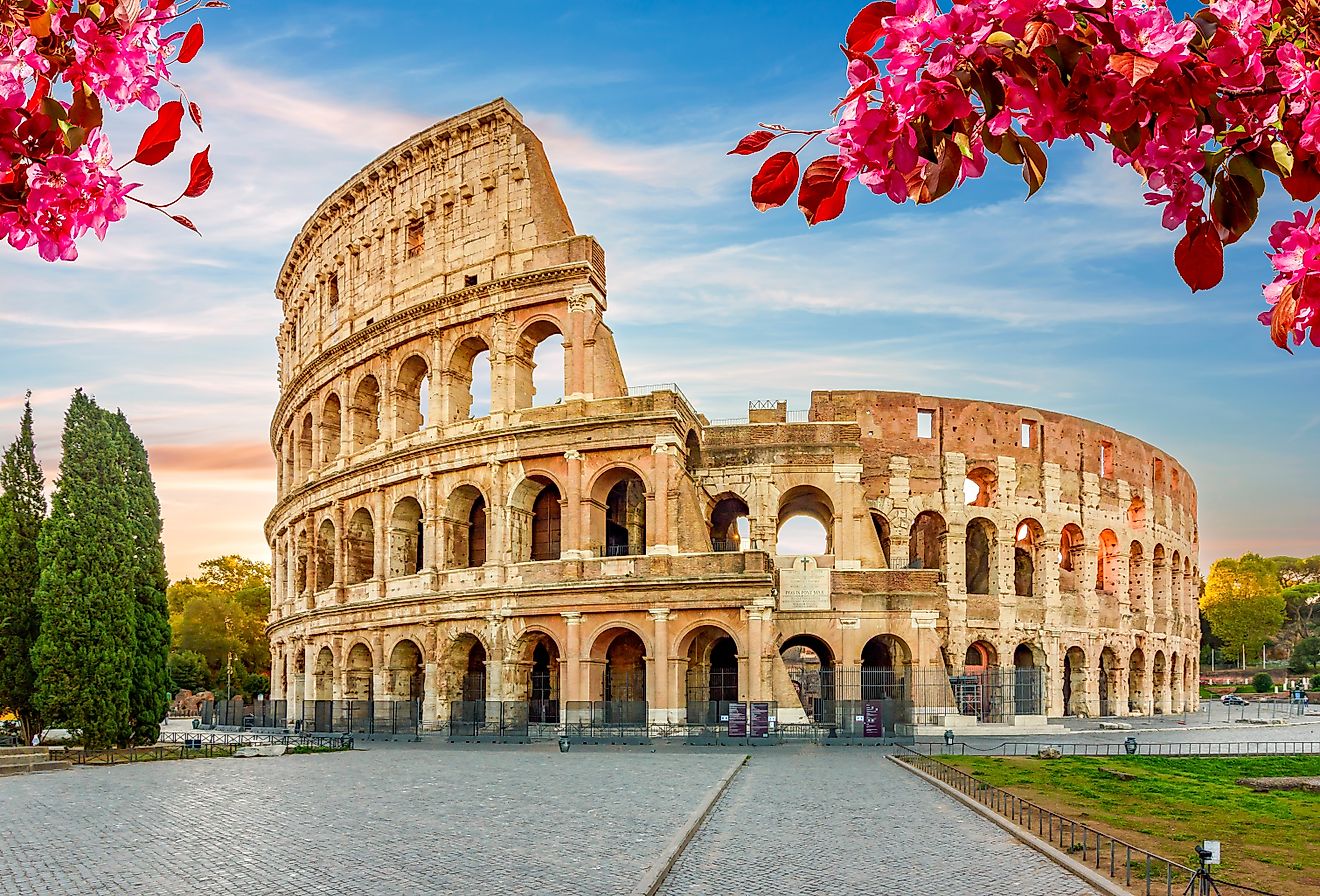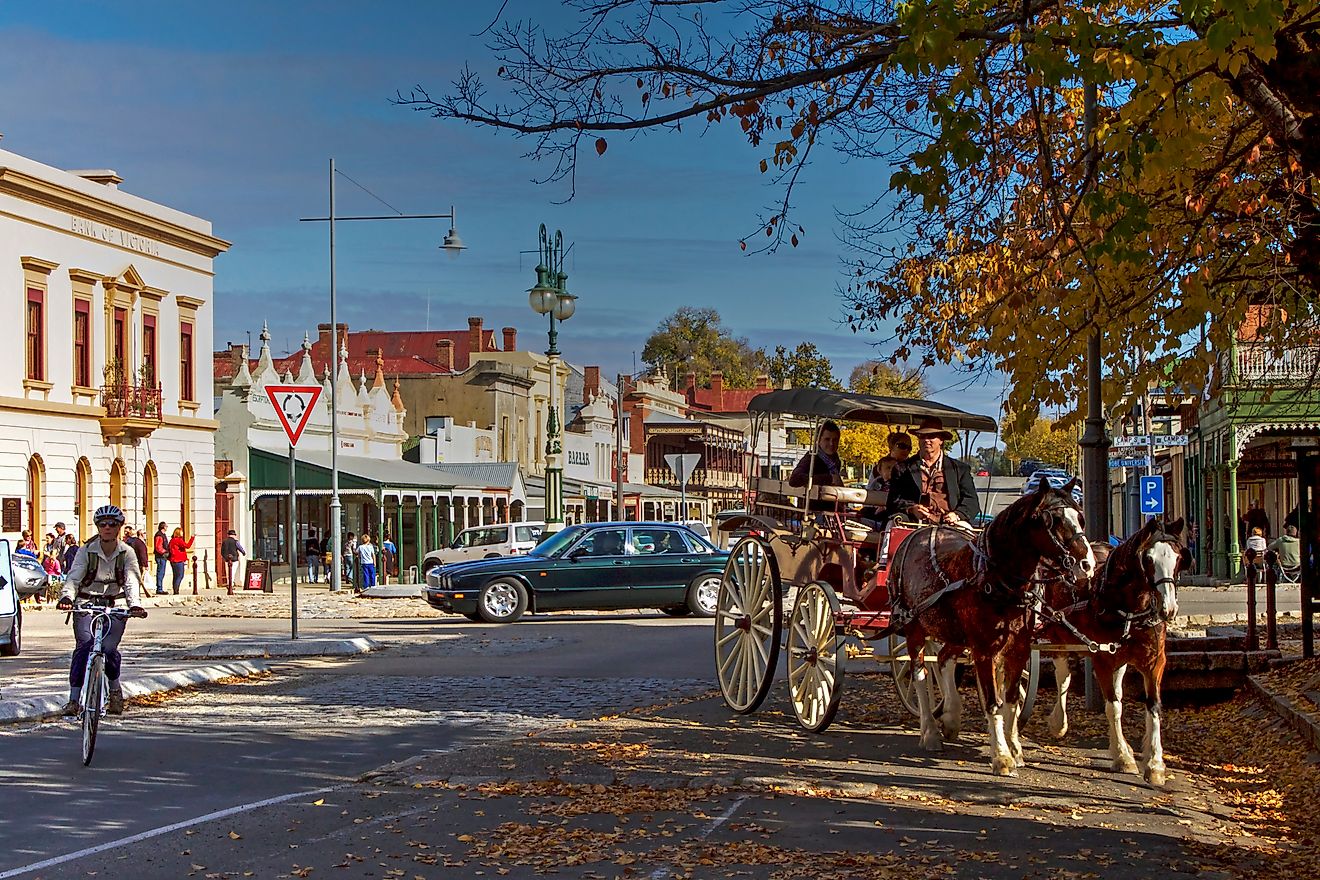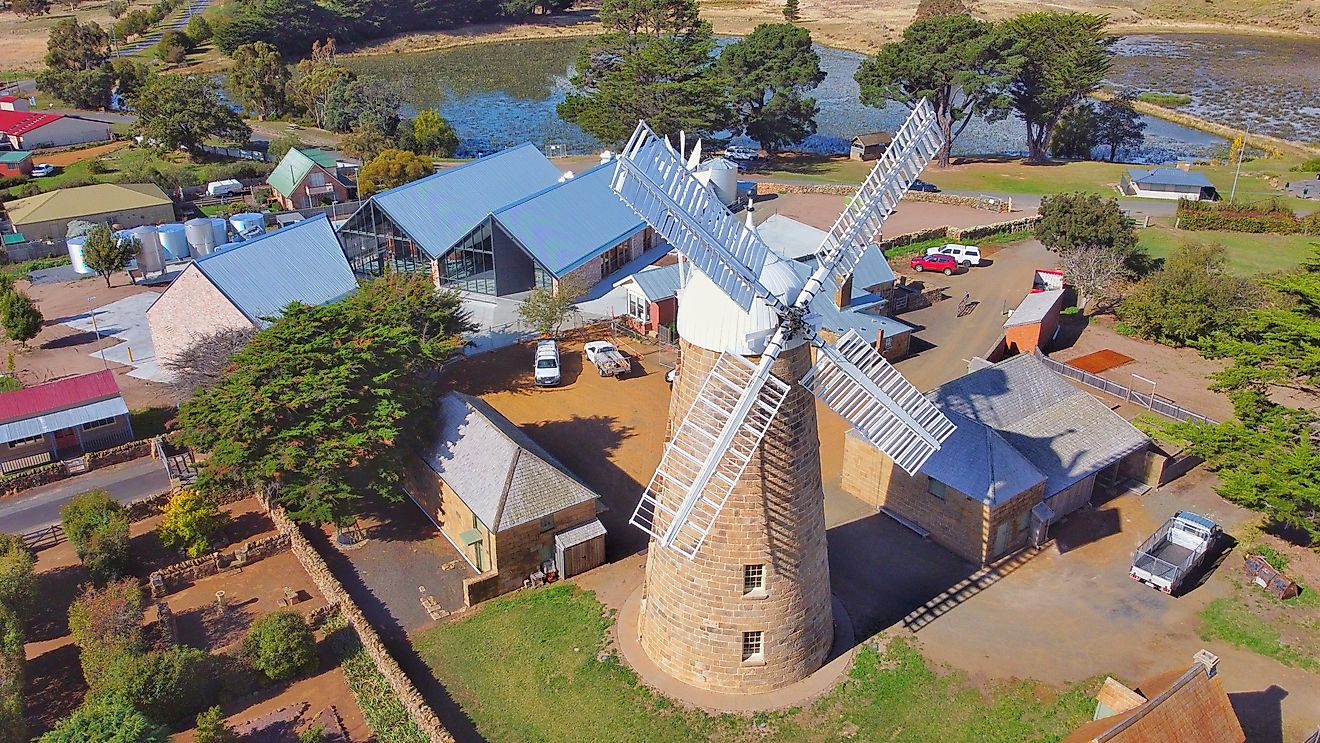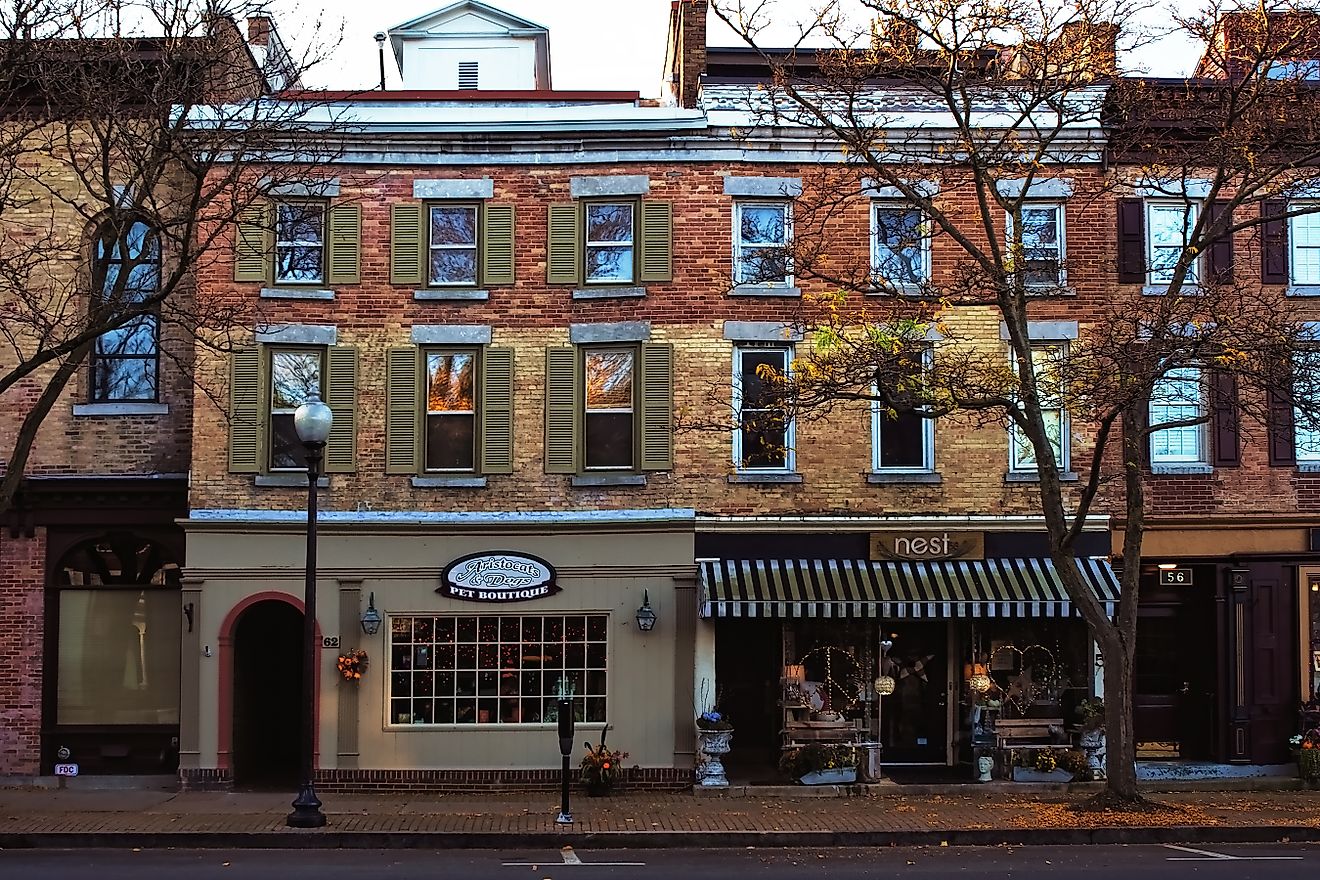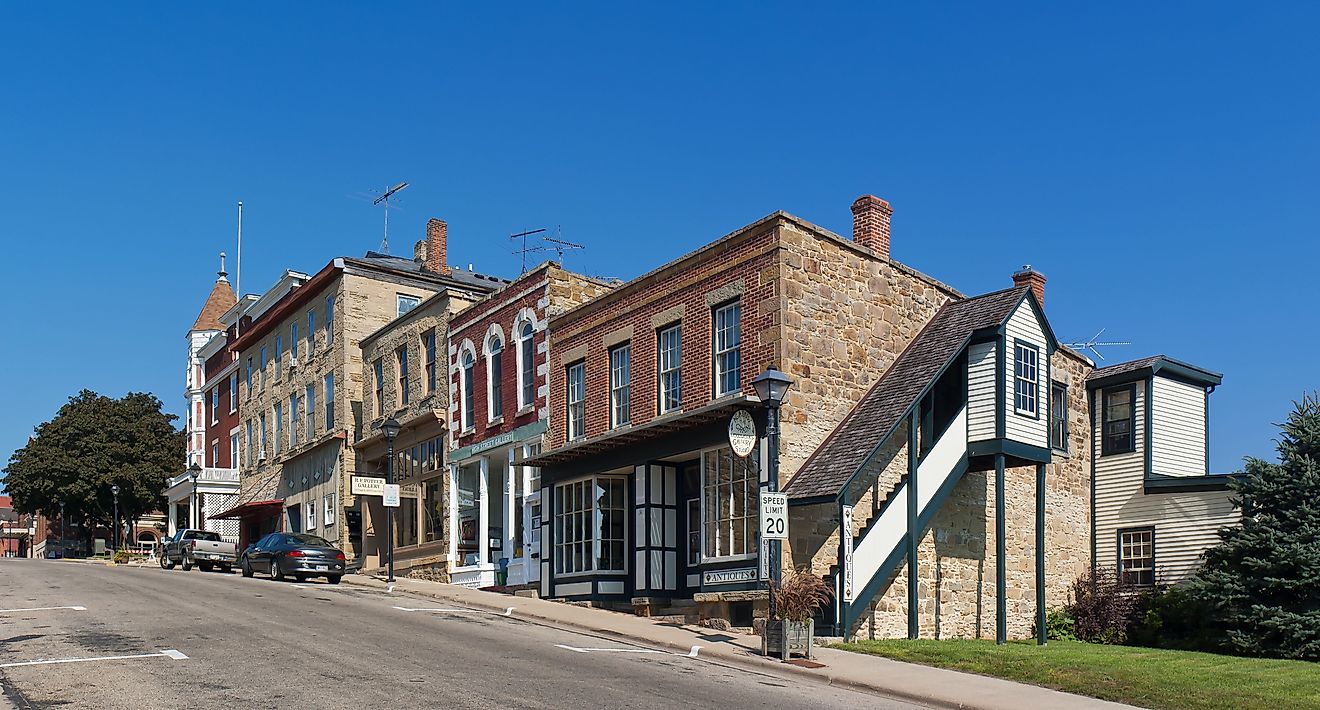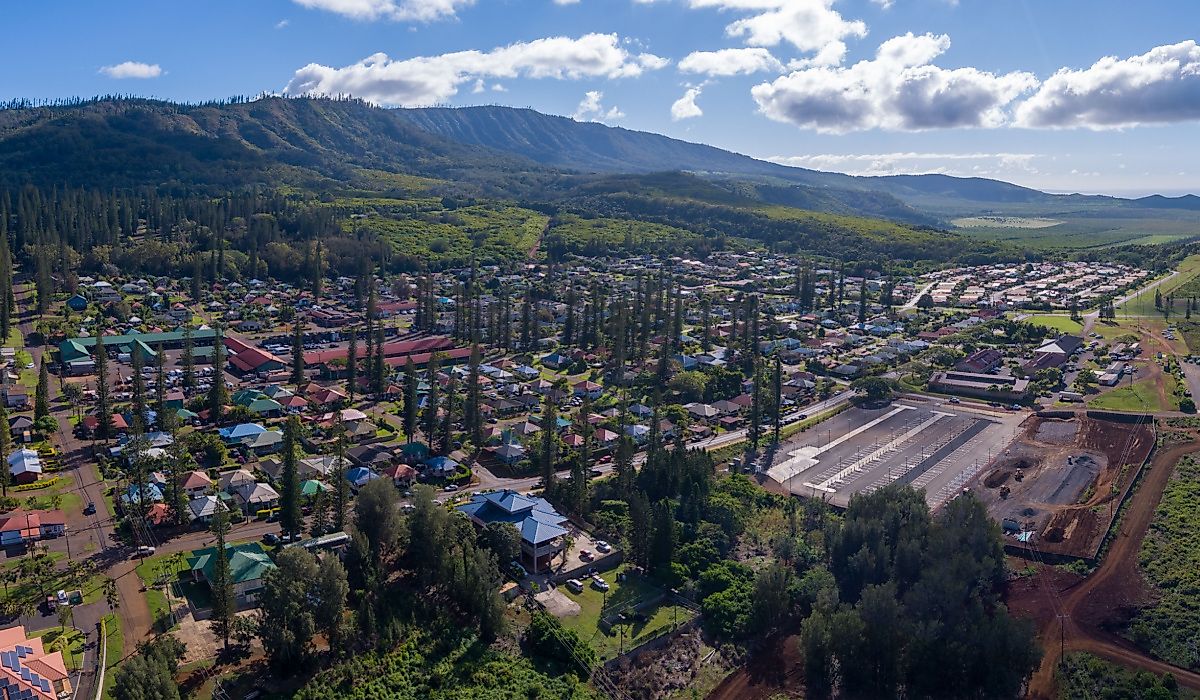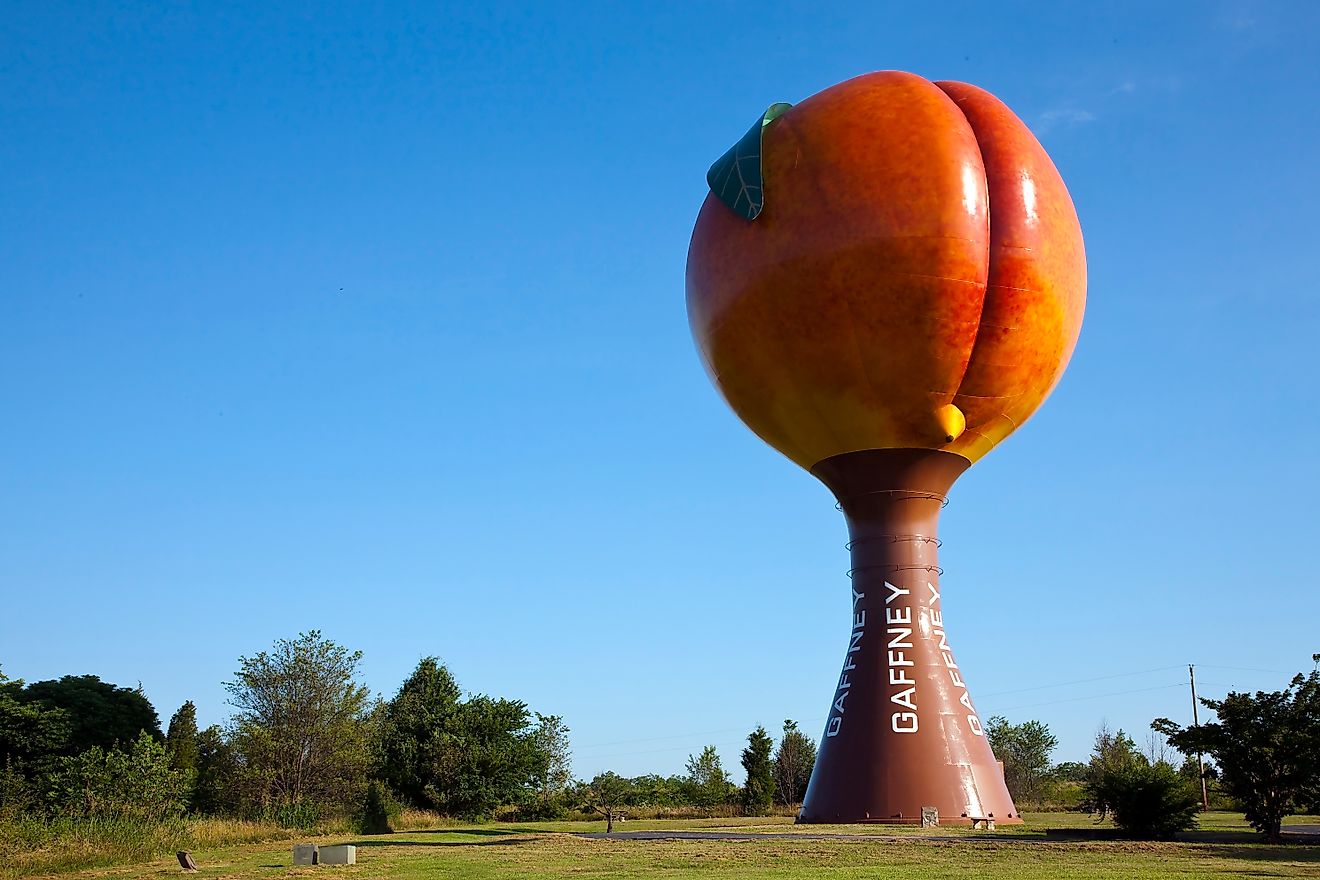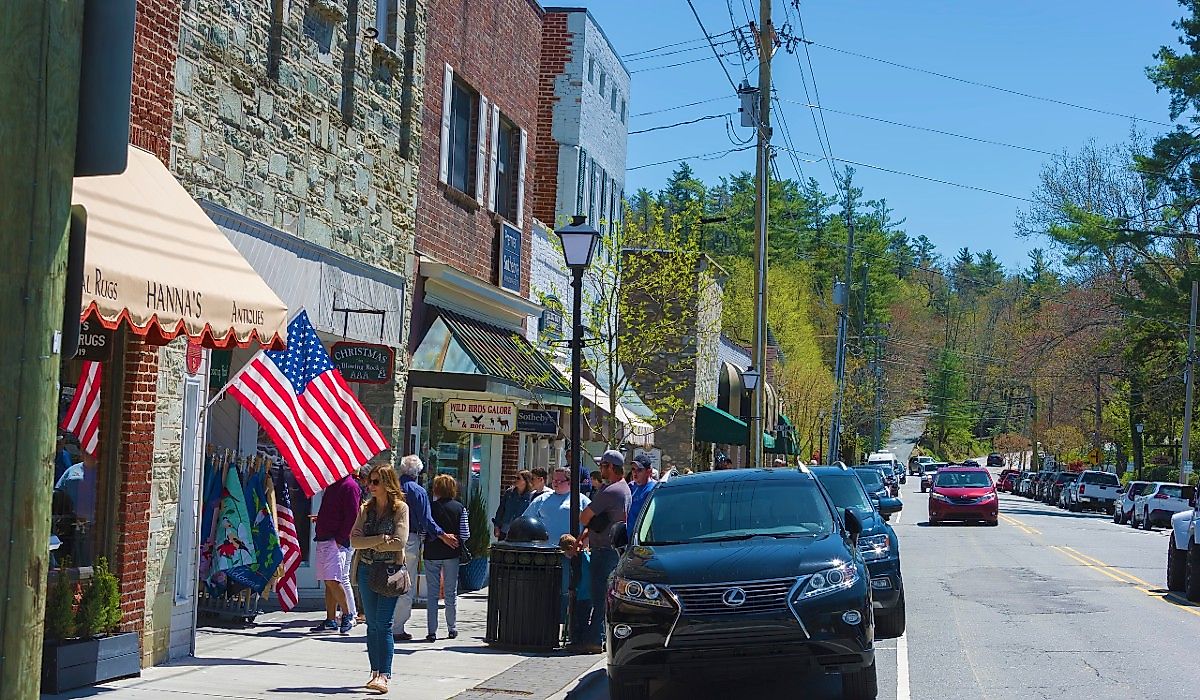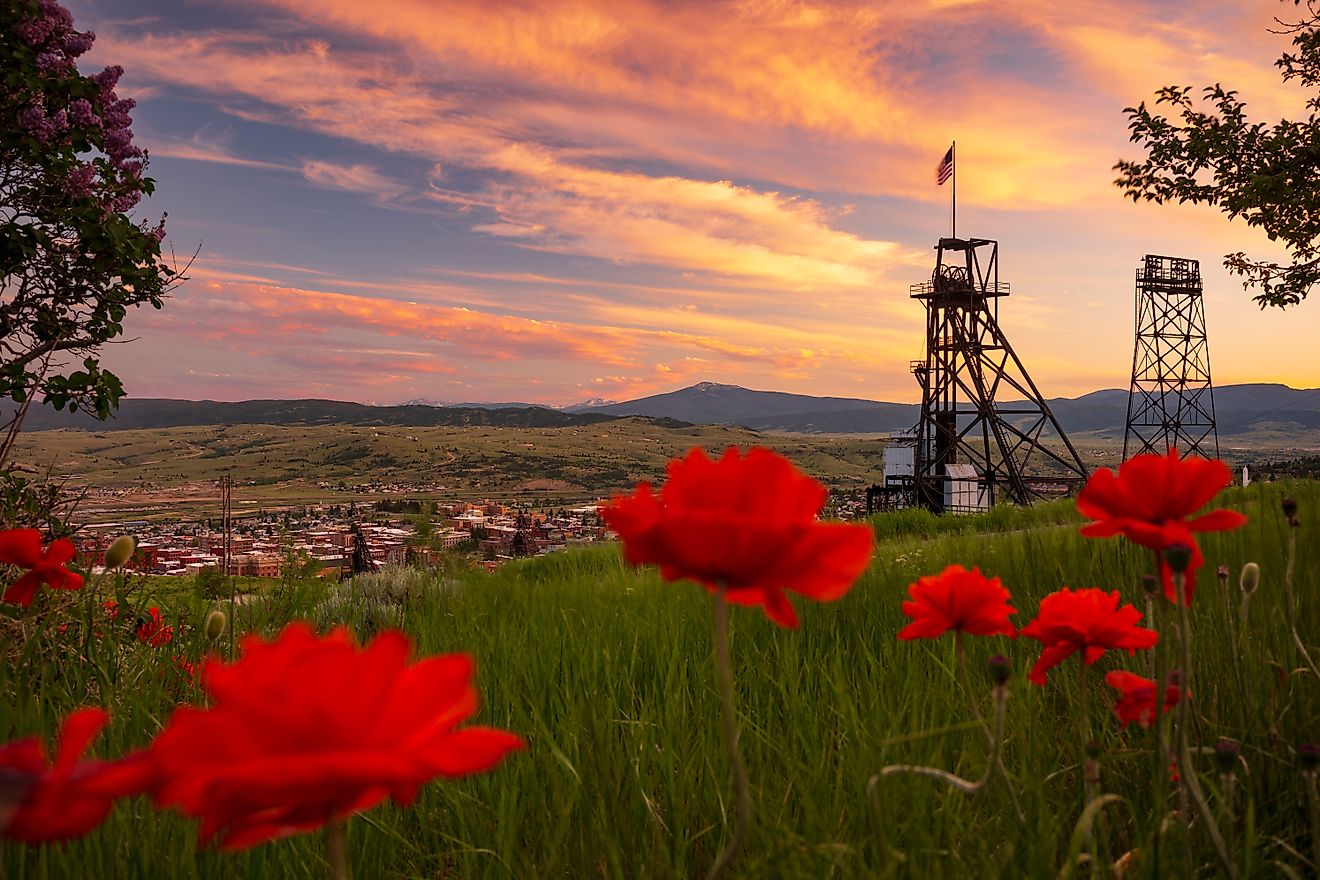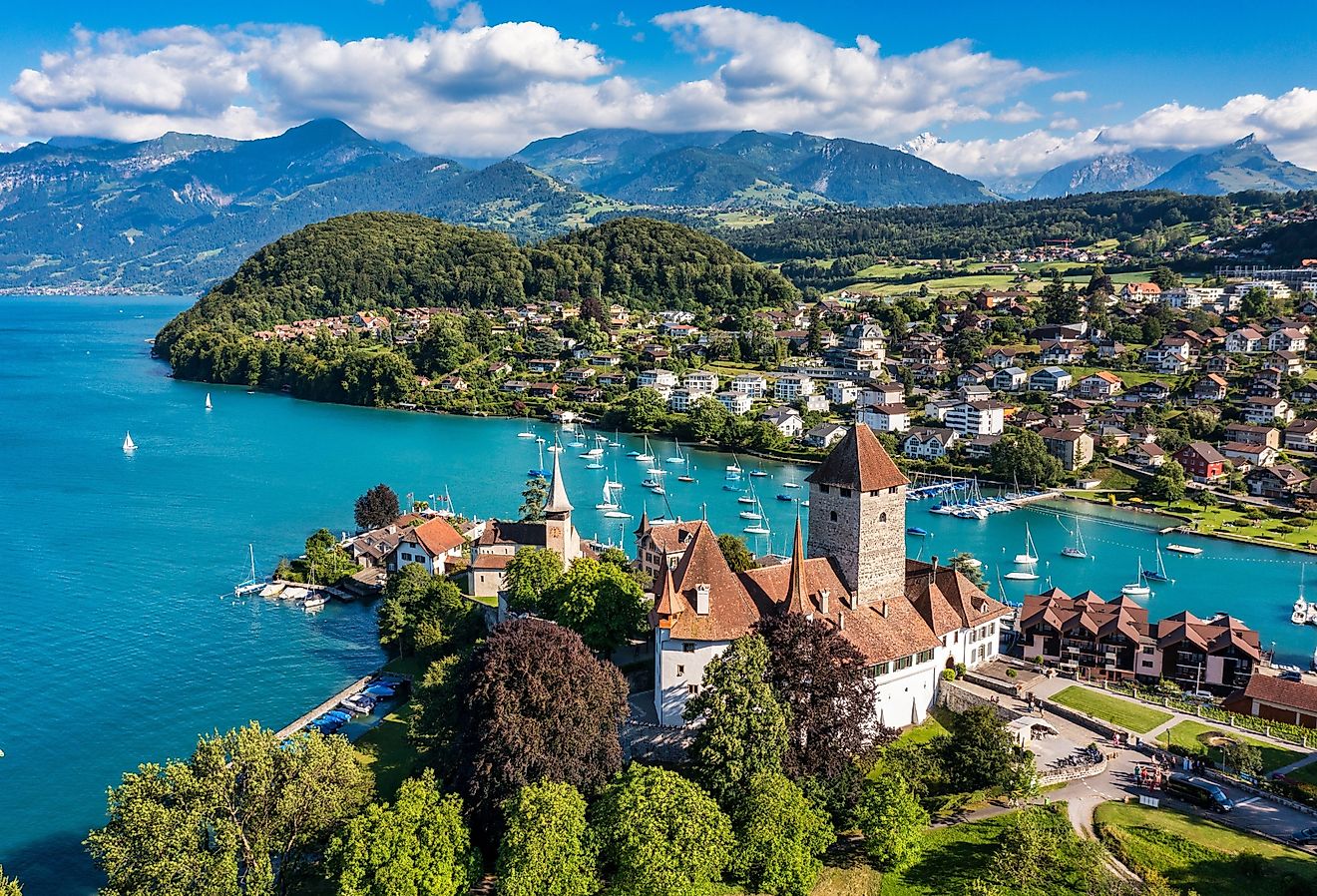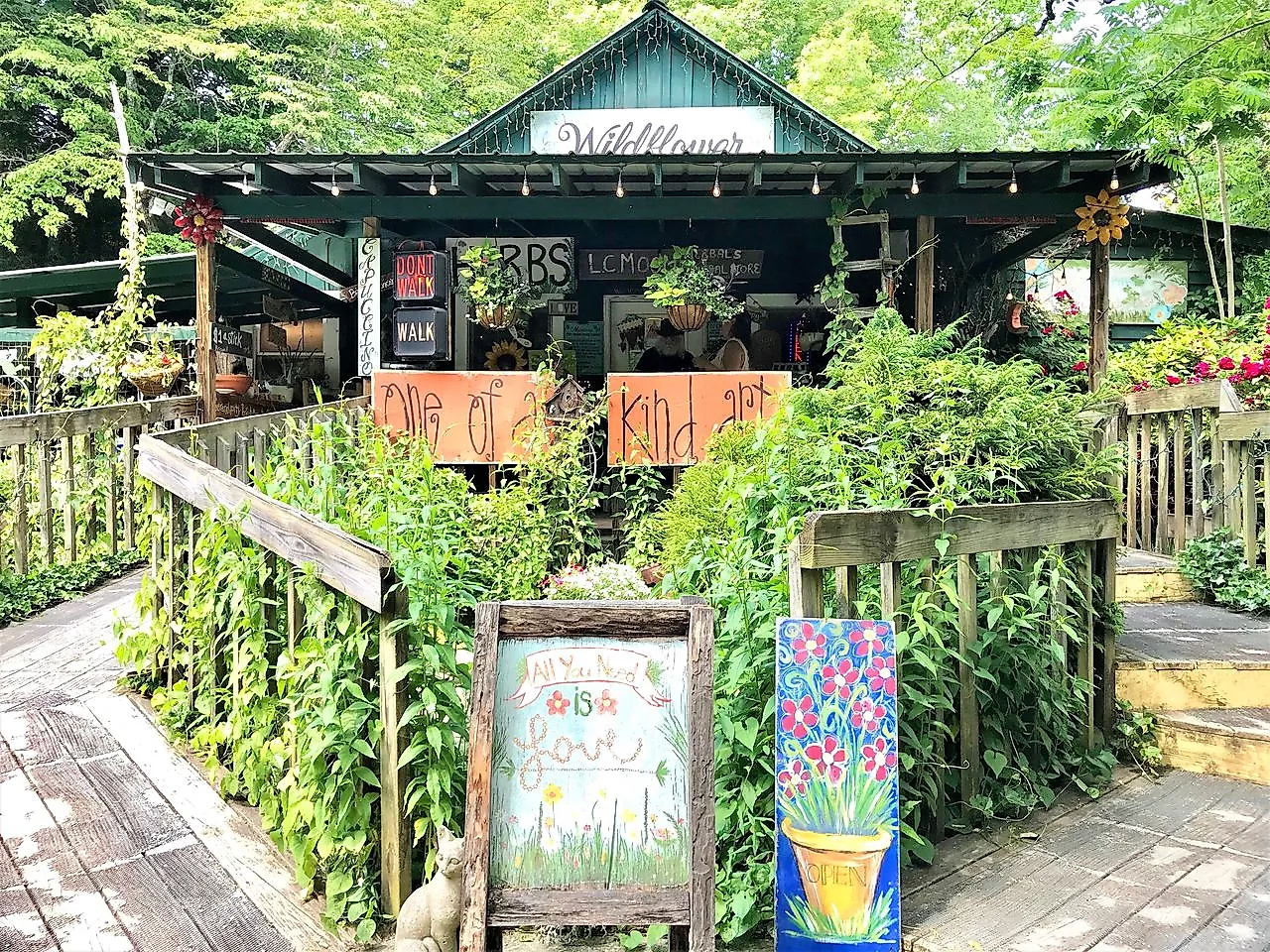
7 Coziest Mountain Towns In Alabama
Have you ever needed a break that felt like an exhale? The northern portion of Alabama rises into the foothills of the lower Appalachians, through the region of Lookout Mountain, and along the edges of Bankhead National Forest. In the late 1800s, coal mining and German settlement in this part of the state gave rise to the small towns that sprang up in its hills and valleys. Some of these towns grew around textile mills, while others formed at river crossings and railroad depots. Many of the original courthouses and churches are still in use today, so that in the midst of forests and tranquil lakes, the passing of pioneers can still be traced. Take a map, fill the tank, and spend several days exploring some of the coziest mountain towns in Alabama.
Mentone
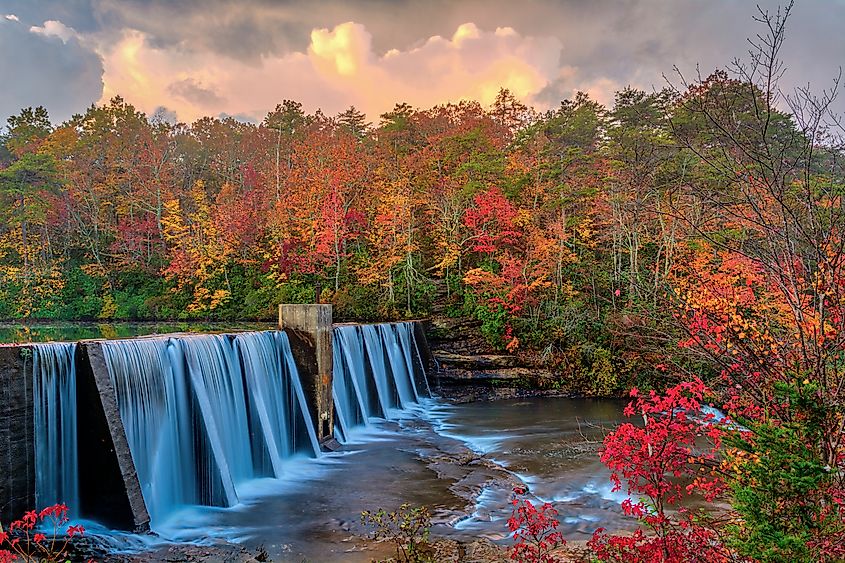
Did you know Mentone is the town in Alabama with the highest elevation, right on the edge of Lookout Mountain? To explore on foot, you can choose between two trails. The DeSoto Falls Trail winds through the forest for two miles before reaching the lovely falls. Or, if you are in the market for a great view, the Bluff Overlook Trail takes you to a rocky platform overlooking DeSoto Falls, with bonus views of Little River and Miller Dam. After hiking, refuel at Wildflower Café, where locals enjoy their famous tomato pie and piping-hot coffee.
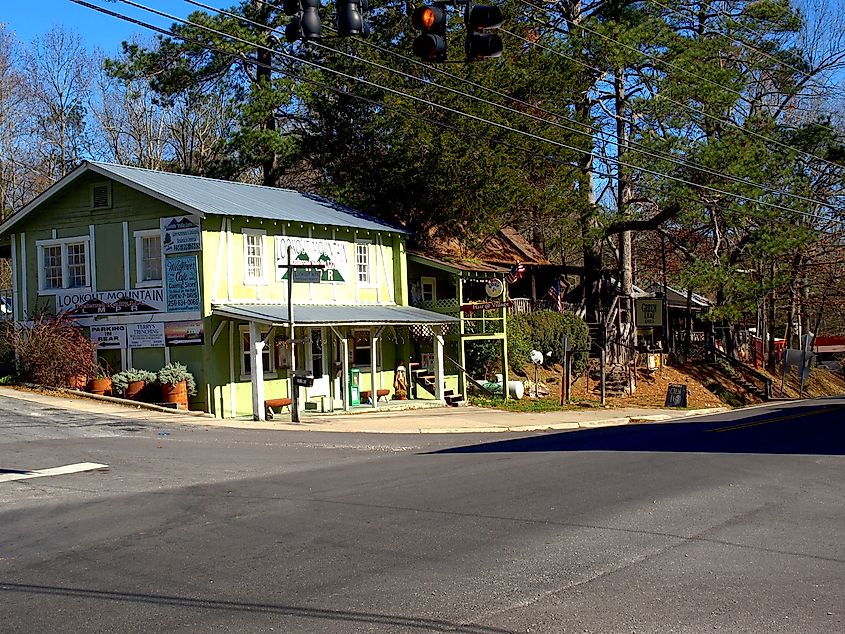
The Mentone Arts Center is home to a gallery and gift shop, where you can see local crafts and pottery reflecting the quiet rhythm of the mountain. If you feel like tapping into the equestrian in you, the Shady Grove Horse Ranch offers guided rides through wooded trails on horseback. In October, the town comes together for the Mentone Fall Festival at historic Moon Lake Village, which includes music, handmade crafts, and warm food cooked on the spot.
Fort Payne
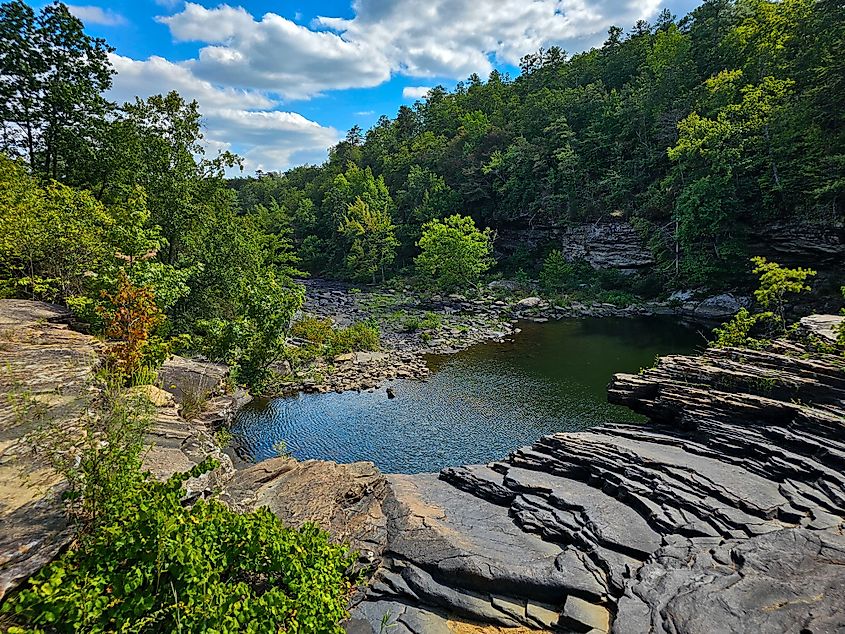
Fun fact: Fort Payne was once known as the “Sock Capital of the World,” with dozens of textile mills shaping the town’s economy and identity. Begin your day with a visit to the Fort Payne Depot Museum, the first stop on the town’s self-guided historic walking tour. Built in 1891 from locally mined pink sandstone, the museum looks back on the industrial past and the Cherokee heritage of the area. From there, walk across to the Fort Payne Opera House, the oldest in Alabama still in operation. Continue past the Coal and Iron Building and the Hosiery Museum, reminders of the textile boom the city once had.
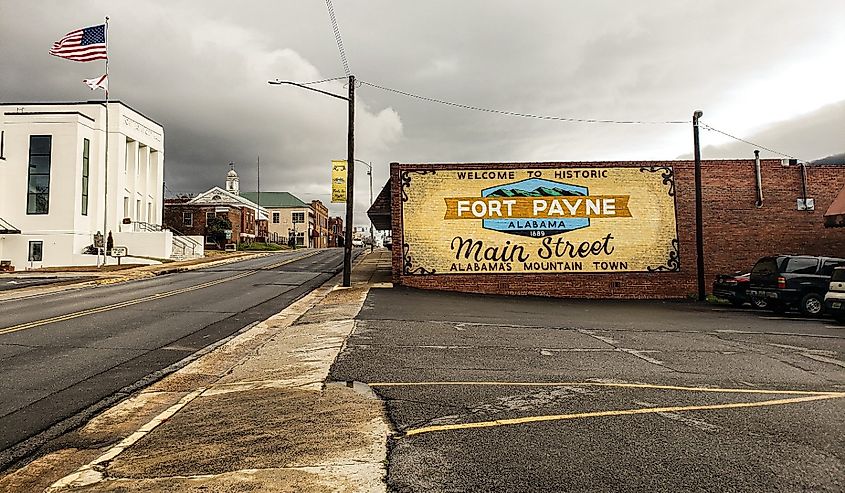
In the afternoon, roll down the windows in the car and travel along the Little River Canyon Rim Parkway (Highway 176). Stop at Mushroom Rock or continue to Graces High Falls, Alabama’s tallest waterfall. Hike the Marthas Falls Trail to the rocky swimming hole, then head back to Vintage 1889, a restaurant with live music inside a renovated hosiery mill, to cap off a perfect day.
Guntersville
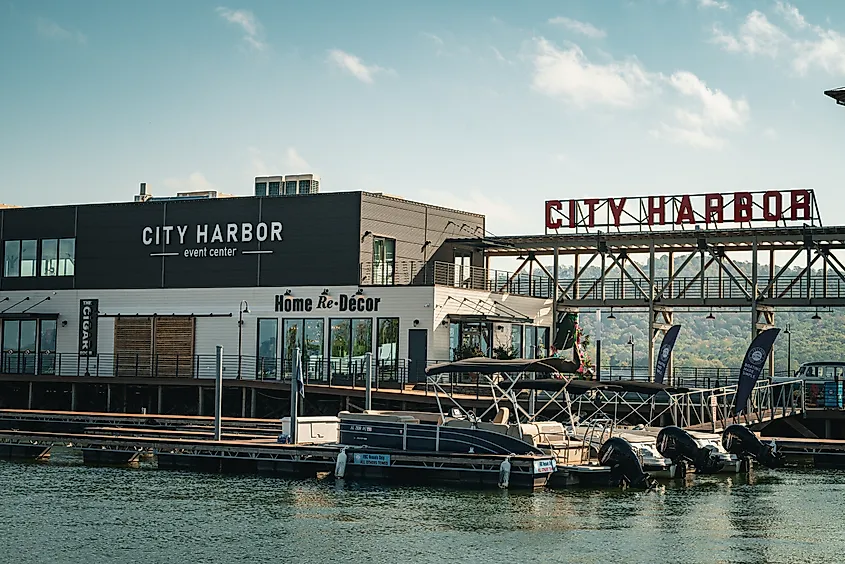
Here, you are in a truly magical place. Guntersville sits on a peninsula surrounded by the largest lake in Alabama. Start your day at Lake Guntersville State Park, where trails in the mountains lead to eagle lookouts and shaded views of the water. The park also boasts an 18-hole golf course, a zipline, and a beach with access to the lake for swimming, fishing, or floating to your heart's content. For a hike, try the Cutchenmine Trail, which meanders along the lake’s edge amid tall pines. Or, if you are in town between May and October, head in the direction of the dam to Hambrick Bat Cave, where over 60,000 bats roost and prepare for their dramatic flight at sunset.
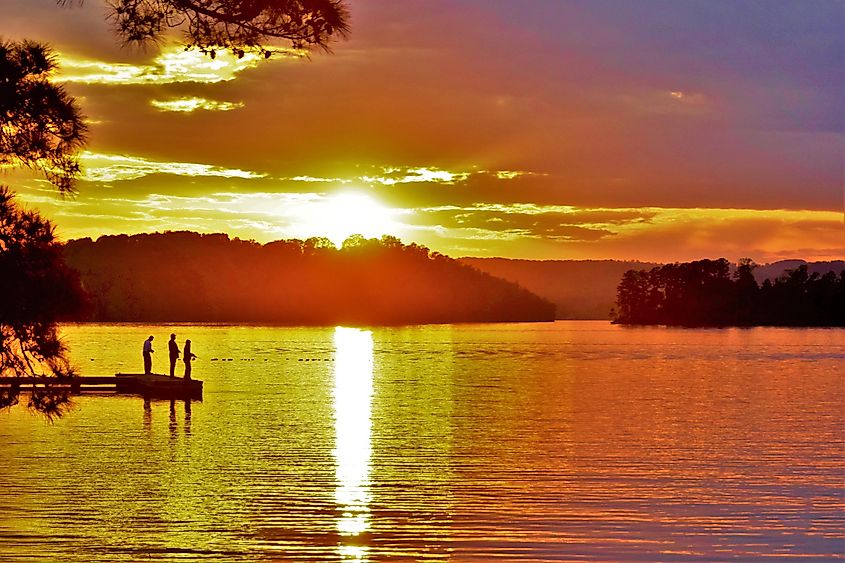
Afterward, stop for lunch at Top O’ the River, the lakefront favorite known for its cornbread and catfish. The afternoon finds you at the Guntersville Museum, located in a 1930s armory and filled with rotating art and local exhibits. If your visit falls in June, be sure to check out HydroFest, where thunderboats race across the lake, and the town turns out to view the exciting event from every hill and shoreline.
Oneonta
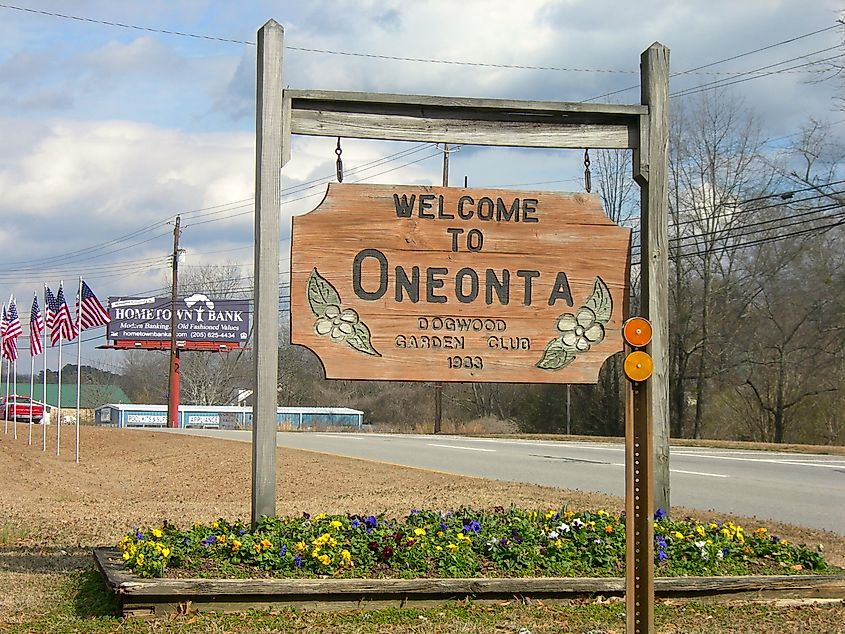
A few unusual covered bridges can be discovered in Oneonta, in the foothills of Alabama’s Appalachian Mountains. Start the day at Palisades Park, where sandy cliffs and pines afford pleasant walks. Explore the outlook trails before visiting the Historic Easley Covered Bridge, built in 1927 and now on the National Register of Historic Places.
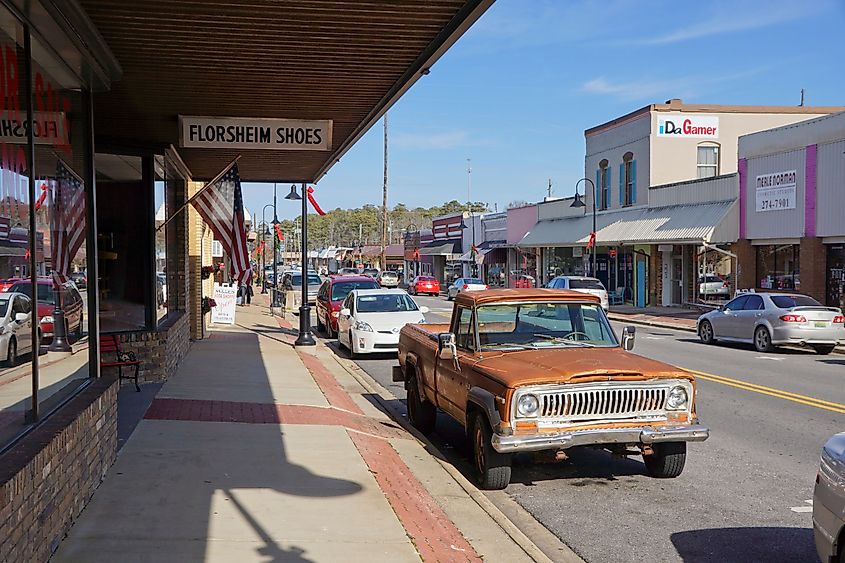
Then visit the Blount County Memorial Museum, where pioneer tools, photographs, and local military records give quiet glimpses of life in the region through the generations. Afterward, play at the 18-hole Limestone Springs Golf Club, where the natural curves of the Appalachians have been incorporated into the aesthetic design of the links. In spring, Oneonta hosts the Covered Bridge Arts & Music Fest, which fills downtown with food trucks, artisans, and musicians.
Jasper
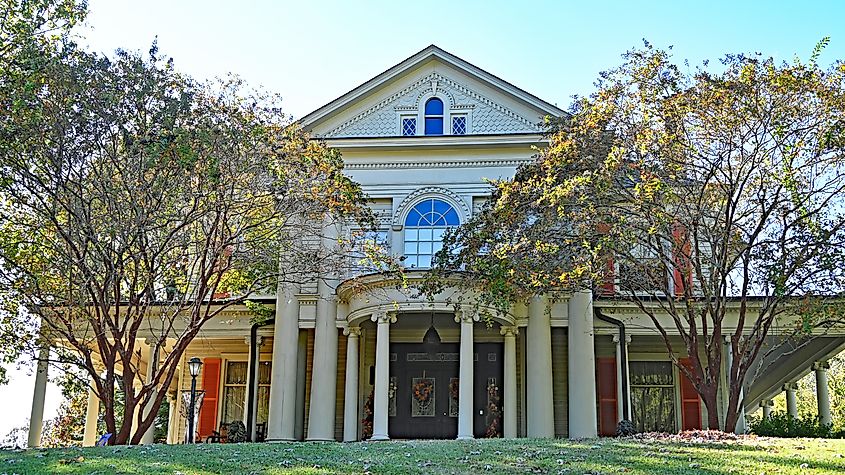
Carl Elliott, a native of Jasper, was a congressman who worked tirelessly and courageously in support of human rights in the Southern United States and is responsible for enacting the National Defense Education Act, which opened educational opportunities for Americans of all economic backgrounds. Begin your day by visiting the Carl Elliott House Museum, whose framed campaign signs, books, and photographs fill the congressman’s preserved home from the 1940s. From here, stroll the historic district downtown and pass by the John Hollis Bankhead House, a sizable mansion from the days of the city’s coal boom.
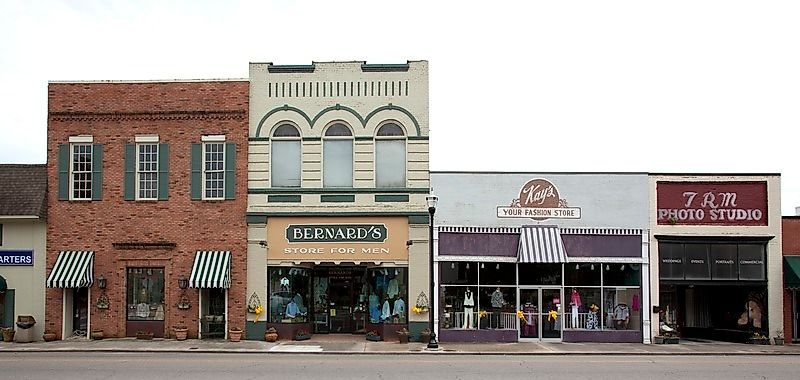
Later, drive to Walker County Public Lake, a quiet retreat where locals fish from wooden piers or walk in the oaks that ring the water. As the sun sets, head back into town and stop at Tallulah Brewing Company, an easy-going taproom with locally brewed craft ales. If you plan to visit in August, stay in town for the Foothills Festival, when the streets are filled with live music, food trucks, and familiar faces from all parts of Walker County.
Cullman
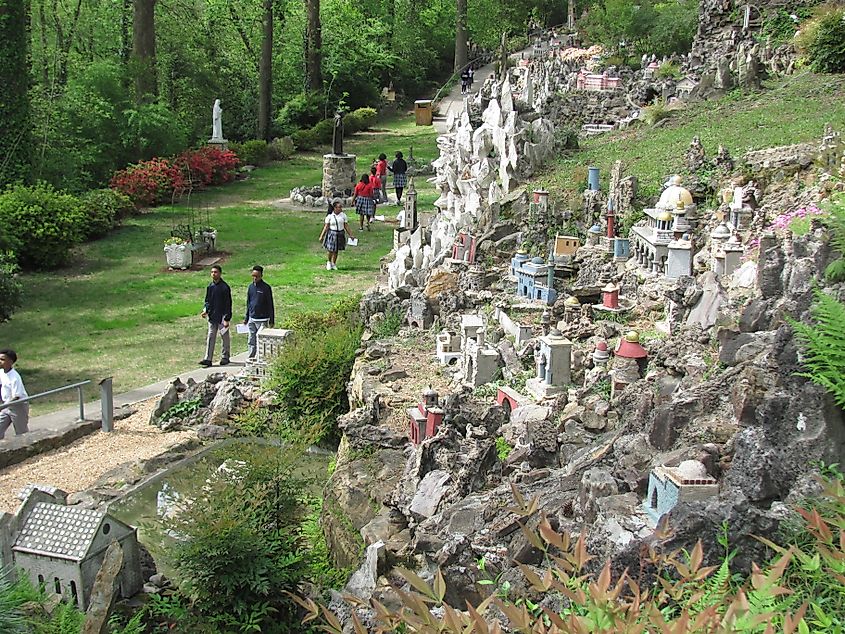
Cullman was founded in 1873 by German-born immigrants whose influence remains evident in the town’s traditions and celebrations. Start with a visit to the Ave Maria Grotto, located in peaceful surroundings at St. Bernard Abbey, Alabama’s only Benedictine monastery. Built in 1891, the grounds feature 125 miniature religious structures, all crafted from stone and cement by a single monk. Just a short distance away, the Cullman County Museum contains relics of the early settlers and shows the town’s German ancestry.
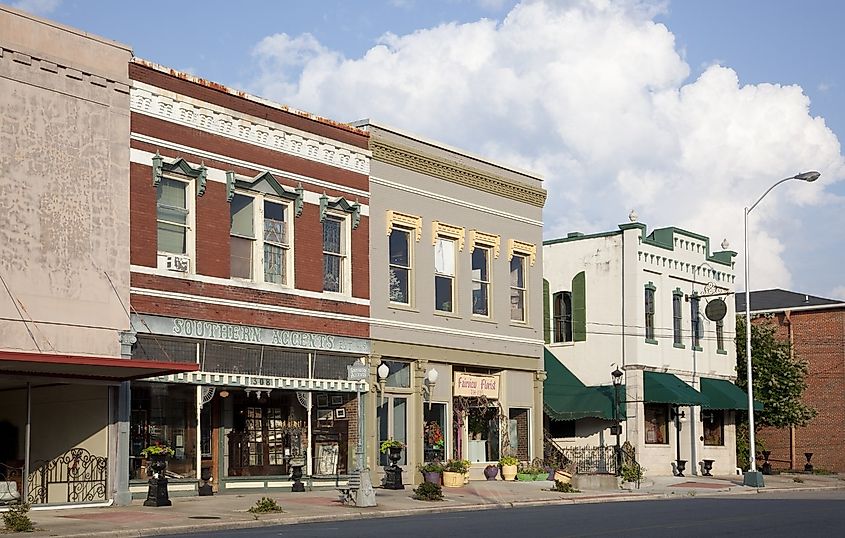
Later, dig through vinyl records and antiques at Highway Pickers Antique Mall & Flea Market, then head to Smith Lake Park, which provides pine-lined trails, access to the water for fishing and swimming, and shady picnic tables for rest. Given the town's ancestry and heritage, it's no surprise that Cullman hosts a vibrant Oktoberfest celebration each fall, which includes bratwurst, folk music, and dancing.
Arab
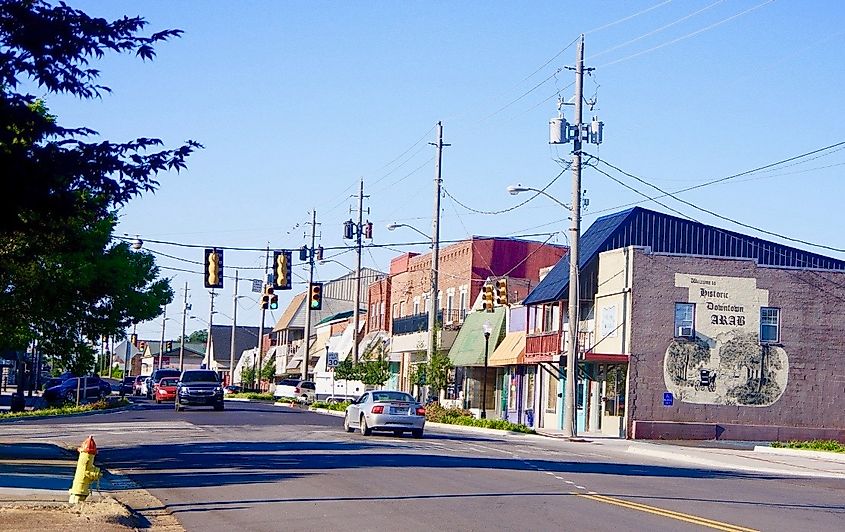
The town of Arab (pronounced “AY-rab”) was named for the misspelling of the son of its founder, Arad Thompson, and the name has stuck. Start your day at the Arab Historic Village, where visitors can walk through a complete homestead with structures dating from the 1880s to 1930, consisting of a schoolhouse, post office, and log cabin.
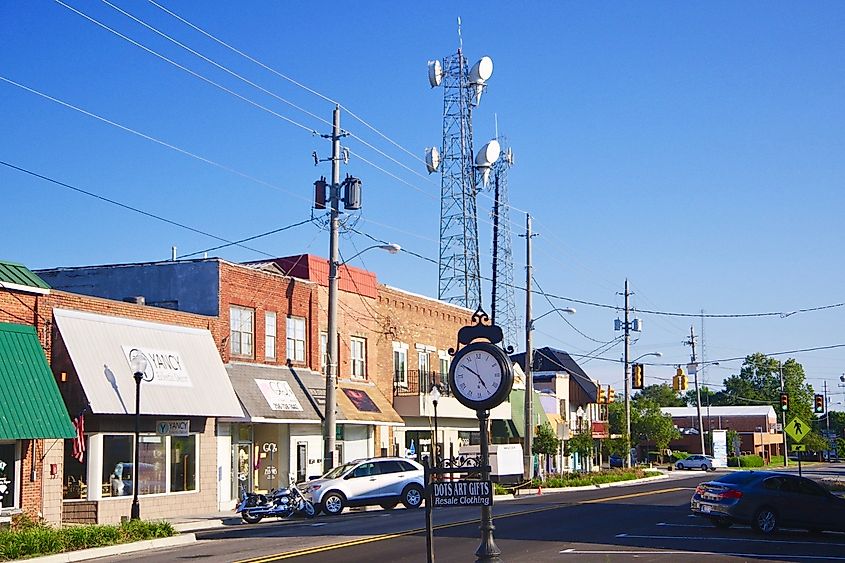
Right next door, you might step into the Arab Wesleyan Church, a beautifully restored church where lovely stained-glass windows reflect the quiet origins of the village. From there, golfers can visit the Twin Lakes Golf Course, nestled among ponds and pine trees, for a quiet and peaceful round on the 18-hole course. End the day at Seidr Brewing Company, a relaxed taproom known for its craft beer and mead, with board games, live music, and easy conversation.
Slower Paces In Higher Places
These mountain towns are Mother Nature’s way of relaxing you. In Mentone, cool air and forest trails open the day. Fort Payne connects its sandstone cliffs and canyon overlooks with its downtown past. Oneonta offers peaceful drives that crisscross covered bridges and hilltop trails. Guntersville moves with the water, its lake controlling the rhythm of the hour. Jasper tells its story through preserved homes and a lakeside park where locals gather. Arab stays steady around restored chapels and a fresh pint brewed just around the corner. Cullman shows its German heritage through abbeys and autumn festivals. Each town stands in the folds of the Appalachians, offering quaint downtowns and some of the coziest mountain settings in Alabama.
